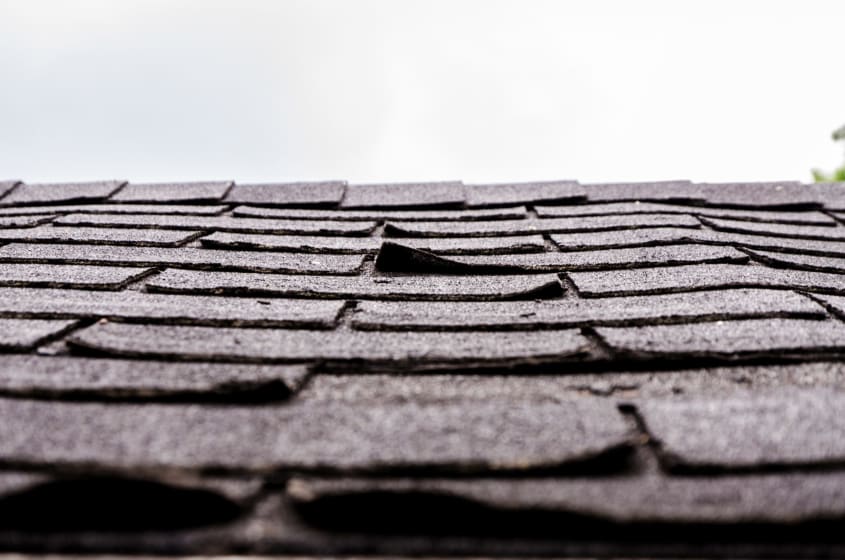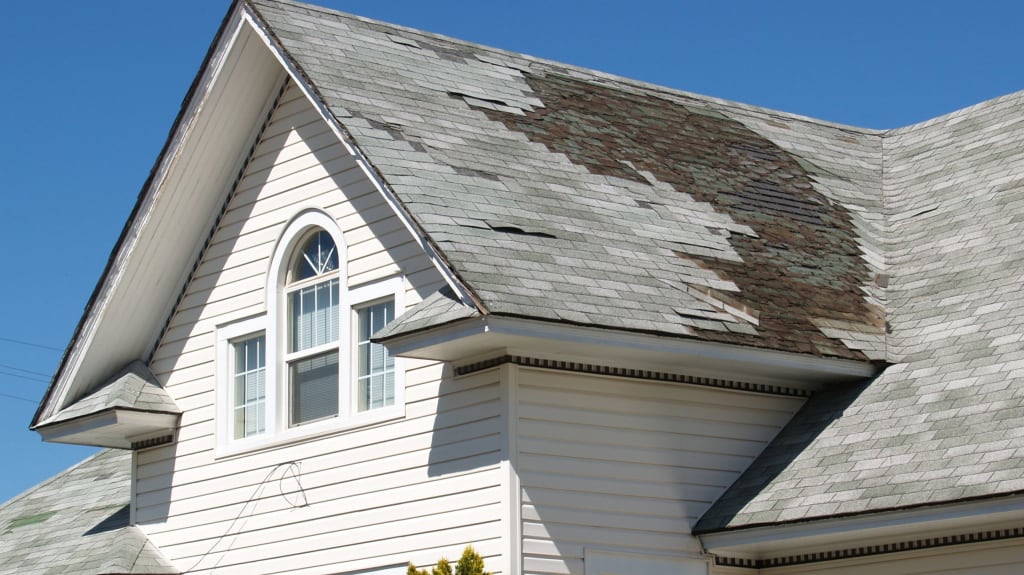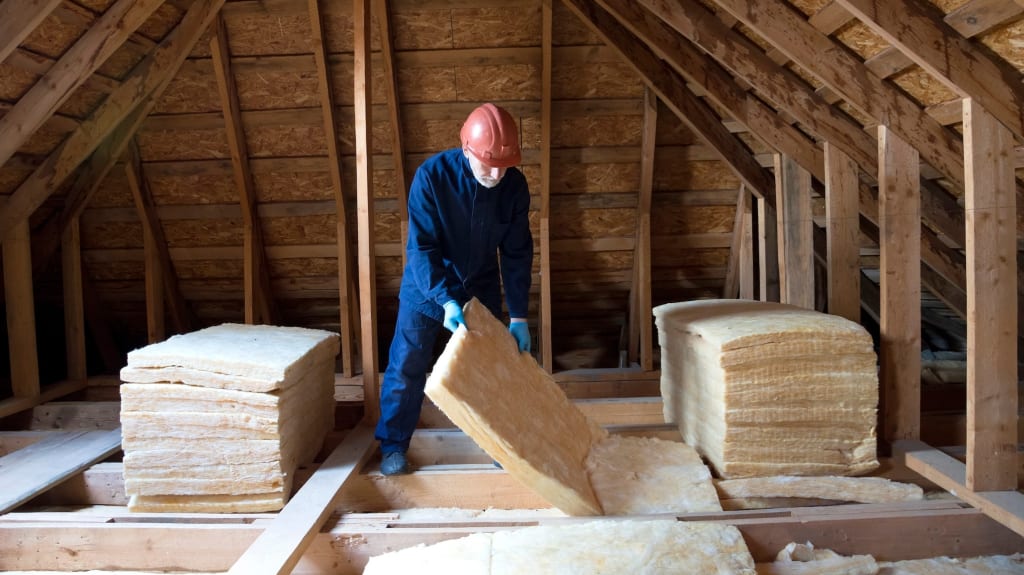The roof is one of the most important structural elements in a house: it shelters a home from the elements and ensures its longevity. However, the roof does deteriorate over time and some work may need to be done. Signs that dictate when to replace a roof include persistent leaks, worn out materials, water stains on ceilings or it may simply be past its expected lifespan. By taking corrective action at the right time means you avoid experiencing even more serious damage and preserve your home’s structural integrity.
How to know if the time has come to replace your roof?
It’s important to recognize the signs that scream it’s time to replace the roof. Here we share the most revealing clues that should never be ignored. You can also consult our Everything About Roofing guide for more information.
1. Water leaks and infiltration
If you spot water infiltration inside the house or in the attic, that’s your first clue there’s an issue with the roof. A variety of reasons may be the source of a leak, including cracks and snow accumulation. Water stains on ceilings or walls may indicate a persistent problem that requires your immediate attention.
2. Damaged shingles or tiles
Walk around the house outside and take a look at your roof. If you notice any missing or broken shingles, sagging areas or other damage, that could indicate it’s time to replace. Loose or damaged shingles are a telltale sign your roof is no longer in optimal condition.

3. Presence of mould
Moisture from roof leaks can promote mould growth inside your home. If you detect its presence, that’s another way to confirm you have a roof problem. Check attic spaces and ceilings.
4. Improper insulation
An examination of insulation materials located under the roof may reveal obvious signs of deterioration, compaction or dampness, indicating the need to take action.
If the insulation is indeed damaged, the next step is to inspect the roof itself. This will help to identify the underlying cause of the insulation issue so you can take corrective action – either targeted patches or a complete roof replacement. Reacting quickly will avoid a more serious issue arising and maintain your home’s energy efficiency.
Can I replace my roof in the winter?
Doing roof work during the winter invites its own share of challenges due to weather conditions, more so than during the warmer months. However, it’s still possible to get the work done right as long as you keep in mind that many factors will need to be considered:
Temperature Very low outdoor temperatures will have an impact on some roofing materials, such as shingles that become brittle and less flexible in the cold. That can certainly complicate the installation process.
Snow and ice Snow and ice buildup on a roof can make it more difficult and dangerous too. A roof would have to be properly cleared for work to be done as safely as possible.
Wind Strong winds add another element of danger to replacing a roof during the winter. This can affect both the stability of materials and make it a lot more challenging for roofers to get the job done safely.
Installation time Not only does cold weather disrupt a project’s flow, those shorter winter days also reduce the number of available working hours, which increases how long the roof will take to get done. Long summer days remain the best time to undertake this kind of work.
Ask a professional before making the decision to get your roof redone during the winter. They’re in the best position to assess whether it’s a risky move or not. You should book a time during the warmer months whenever possible to guarantee optimal working conditions.

Repair frequency
How often a roof should be redone depends on a number of factors, in particular the materials used, regular maintenance and local climate. As a general rule of thumb, a roof should be replaced every 25 years. However, this can vary widely based on the factors listed above.
Asphalt shingles Its affordable price makes this type of cladding very popular on pitched roofs. The average lifespan is 20 to 30 years, again depending on the quality of materials used.
Metal This type of roof, installed using either corrugated sheets or panels, is valued for how well it holds up to the elements. It can last between 40 to 70 years, depending on the type of metal used.
Elastomeric membrane This is a common choice for flat roofs. The average lifespan is 25 to 35 years but that does vary based on how it was installed and also how it was maintained.
Cedar shingles This is a popular choice for its natural aesthetic appeal. It usually has a 20 to 25-year lifespan, but regular upkeep can help it last longer.
Clay or slate tiles These tiles have an exceptionally long lifespan of 50 years and more! They are weather-resistant. Bear in mind the roof structure may need reinforcing due to their weight.
It’s significant to note that these lifespans are average estimates only and may differ based on factors like maintenance, exposure to the elements and installation quality.
Lifespan of a roof
A roof has a limited lifespan. Err on the side of caution if your roof is getting up there in age, even if you don’t observe any noticeable signs of aging or damage. There could be an underlying issue causing a problem.

Ask a professional to replace the roof
It’s recommended to get an expert to regularly inspect your roof to assess whether repairs or a total replacement is needed. If work does need to be done, a team of professional roofers is your best bet to get a new roof installed and avoid any nasty surprises.
Contact us at your earliest convenience if you’re ready to start a roof replacement project. We invite you to fill out our form in order to receive up to three quotes from qualified roofers in your area, or you can always call us at 1 888 948-1512 at no cost or obligation to you. You can also get the creative juices flowing by browsing Our roof projects.





